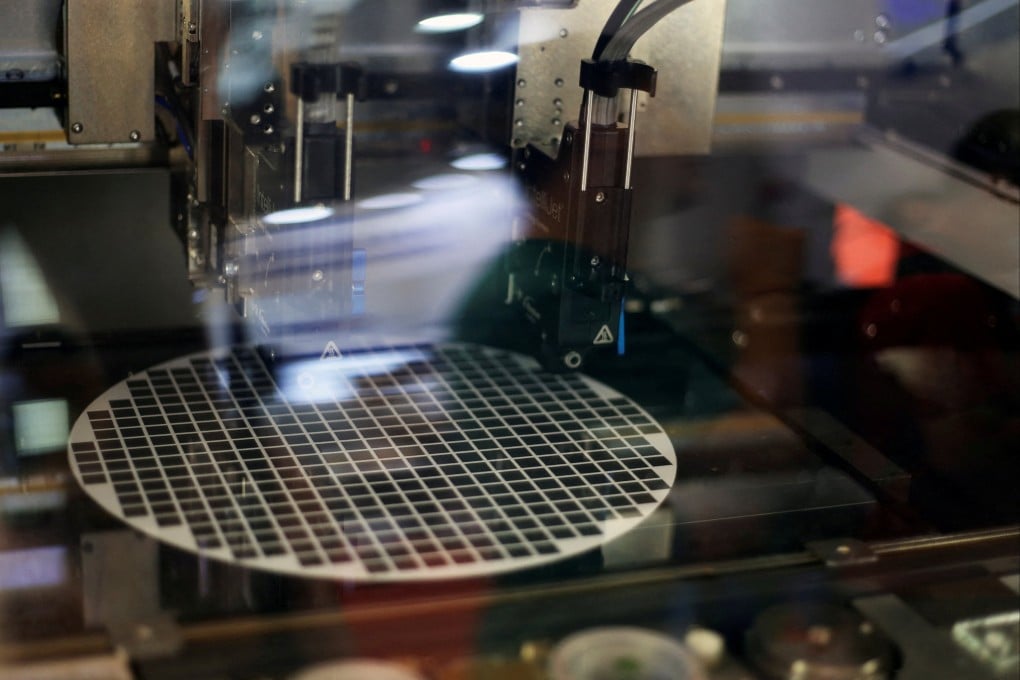China’s top chip designers form RISC-V patent alliance to promote semiconductor self-sufficiency
- Alibaba’s chip unit T-Head, VeriSilicon and seven other firms announced the formation of the patent alliance at a RISC-V industry forum in Shanghai
- Shanghai, China’s chip production hub, has been pouring resources into the open source architecture in a hedge against reliance on Intel and Arm

A group of leading Chinese chip design firms have formed a patent protection alliance for RISC-V, as the country bets on the open-source architecture to help achieve its long-sought goal of semiconductor self-sufficiency.
Members of the alliance will share patents with each other and license them to third parties in the name of the alliance, according to Dai Weimin, chairman of VeriSilicon and head of the China RISC-V Industry Alliance, formed in 2018. The new alliance aims to contribute to a “healthy” open-source chip ecosystem and promote the rapid development of RISC-V technologies.
The alliance, which also includes RISC-V intellectual property (IP) vendor Nuclei System Technology and Baidu-backed chip maker StarFive, marks the latest move to support the development of an open source alternative to standards controlled by foreign tech giants.
RISC-V is an open-standard instruction set architecture that gives chip developers the ability to configure and customise their designs. First published in 2010, it is the fifth generation of cooperative projects from researchers at the University of California, Berkeley.
It has gained popularity in China amid hopes that the technology can help it break what is largely a duopoly controlled by US-based Intel and UK-based Arm, bringing the country closer to its strategic goal of technological self-sufficiency.